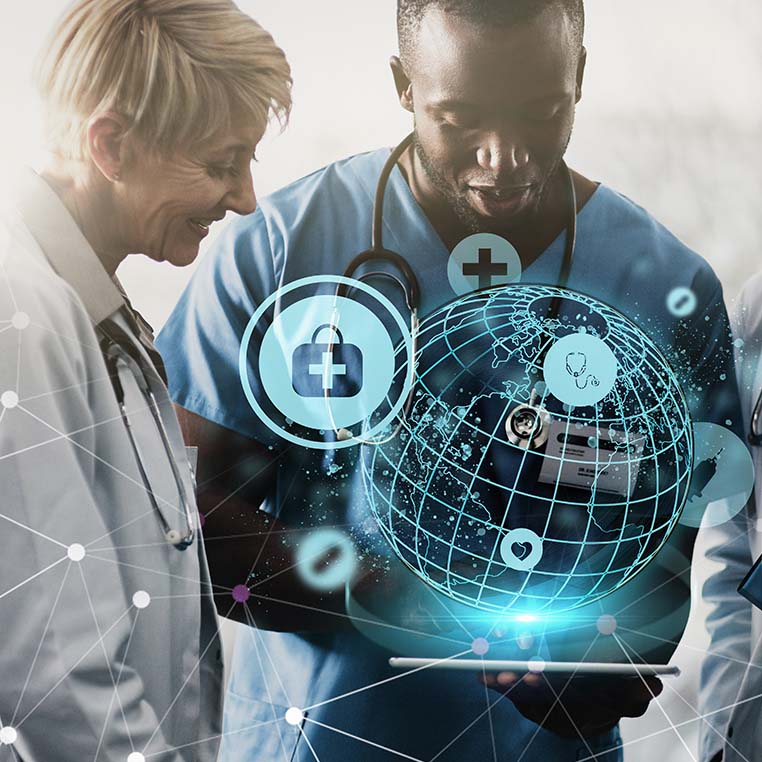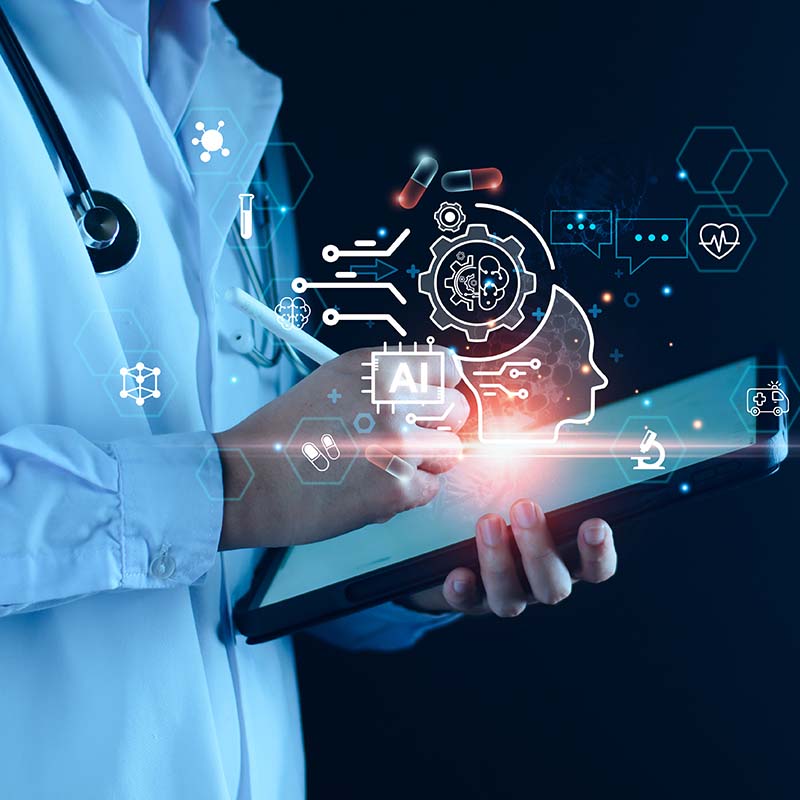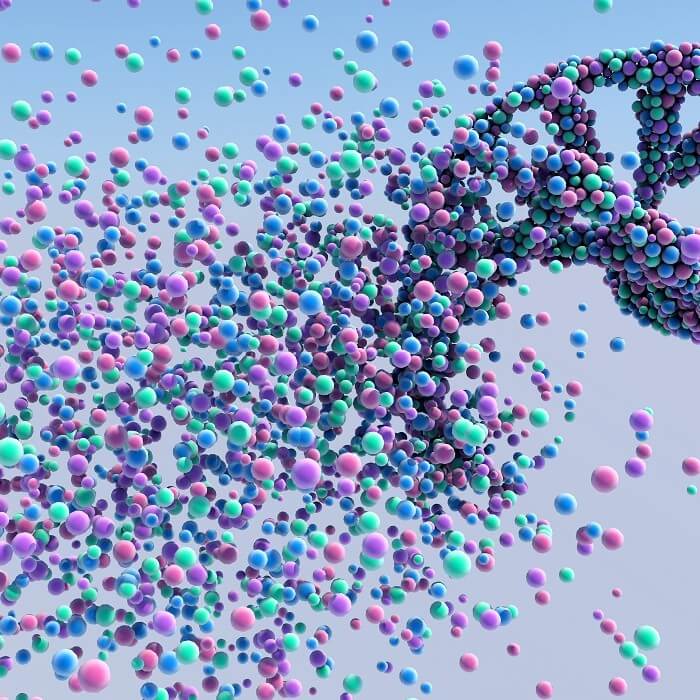This increased usage demonstrates growing consumer demand for accessible, personalized health data, as well as a desire on the part of consumers to play a role in managing their own individualized healthcare.
AI-driven chatbots and virtual assistants have also played a role.
“AI has changed how consumers investigate their own healthcare diagnoses,” said Gabbert. “All of a sudden, you can easily go to a website and say, ‘I have been diagnosed with Crohn’s disease. What is the smartest healthcare plan for me based on that diagnosis?’ And then you can go into a practitioner’s office with an idea of a suggested path toward your own healthcare.”
Gabbert noted that consumers can go online to see ratings and reviews for clinicians and facilities. They can check emergency room wait times. They can even price-shop basic procedures through some health insurance companies to see where they are getting the most value for their money.
Whereas, in the past, consumers had to rely on the expertise of local providers and facilities, they can now make more informed decisions regarding their healthcare. As active participants in monitoring their own health, they are better able to detect any potential issues and empowered to take proactive measures when necessary, thus taking a more preventative approach to healthcare.
“It’s wildly changed the idea that consumers can proactively manage their own healthcare,” said Gabbert, recognizing that consumers have a choice of providers, healthcare organizations have to meet their demands.
“Many healthcare organizations are focused first on the patient, and second on the balance sheet,” she said. “They are a business, and they understand that they have to attract patient consumers. They have to attract patients and be able to provide them a patient experience that will have them coming back, but will also have them speaking well about their brand in the community.”
Consumers have heard the buzz about AI and want to know how it can enhance their healthcare experience. In turn, healthcare organizations are working to deliver it.
Organizational Efficiencies
One of the ways medical facilities employ AI is to improve the administrative processes that keep the industry running smoothly. From simplifying medical coding and claims submissions to optimizing supply chains and enhancing lab procedures, AI is making its mark in healthcare management.
Historically, the claims submission process has been laborious and error-prone, given the large volume of incoming claims and the fact that each one had to be input and coded manually.






